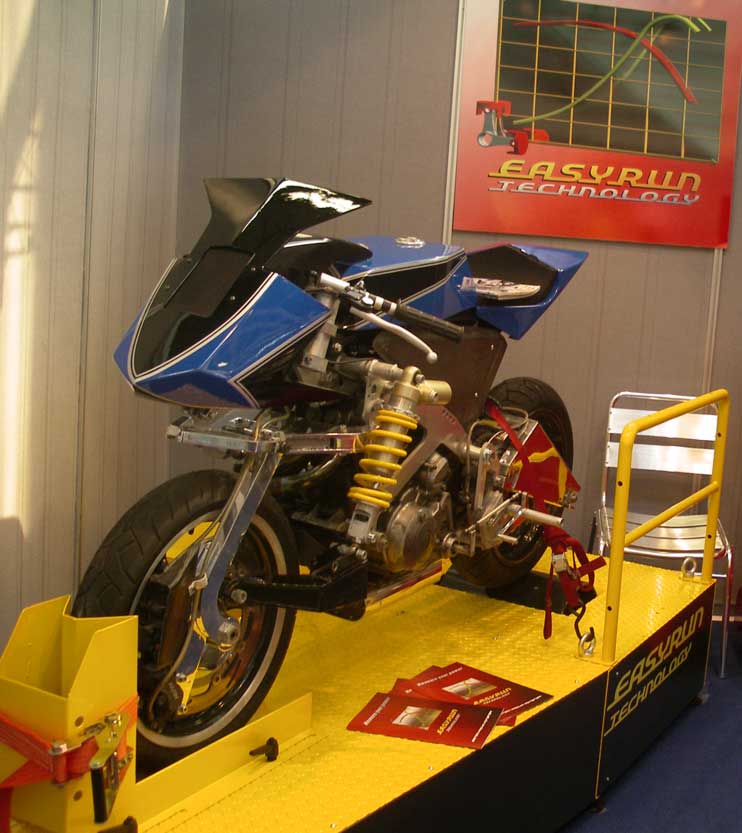
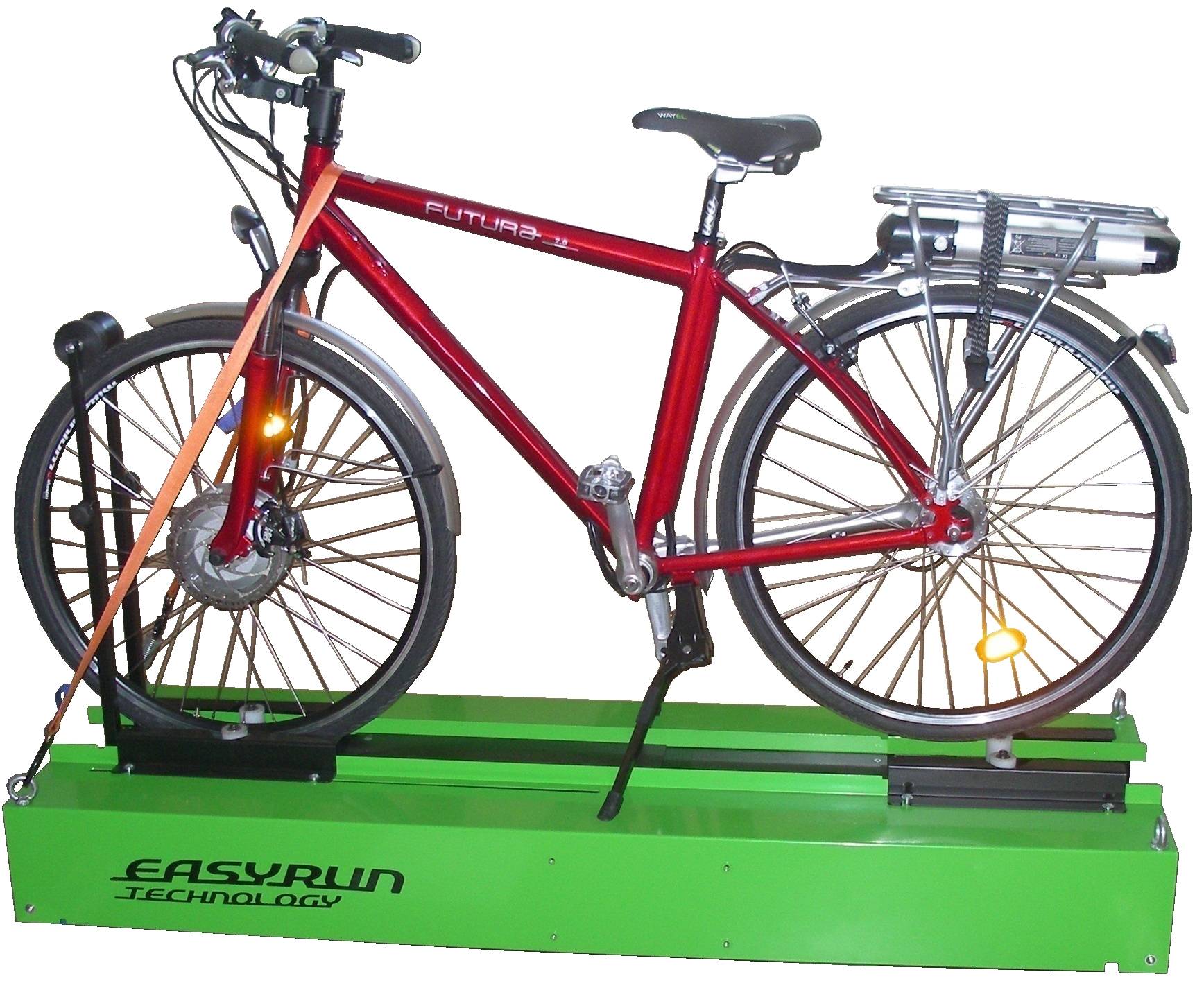


Synchronized benches for two-wheel vehicles.
Created to respond to the needs of Certification Bodies and testing needs for manufacturers of two-wheel vehicles.
They allow the simulation of the road route and therefore the synchronized rolling of the front and rear wheels by means of synchronized rollers.
Specifically designed for pedal assisted electric bicycles and scooters, this bench allows to check that the maximum speed reached and the power output are within the limits set for the type of vehicle being tested.
The test can be defined as GO-NO GO.
Typical tested vehicles are:
Specifically designed for two-wheel vehicles, this bench allows to check:
Technical characteristics:
Easyrun Technology also performs engineering regarding (design, optimization by means of simulation tools) complex mechanical and fluid-dynamics systems, not necessarily linked to the power test benches but always inherent to the world of engines and vehicles, both two and four wheels.
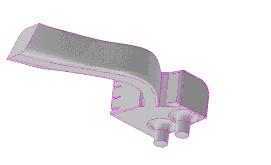
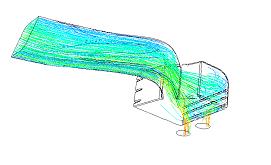
Fluid-dynamics analysis
Example of a study carried out on motorbike air-boxes to limit distributed and concentrated losses, and therefore improve engine filling coefficient.
Design
Example of a study carried out on rear automotive suspension. The CAD model will be used to simulate multi-bodies and therefore optimize system dynamics.
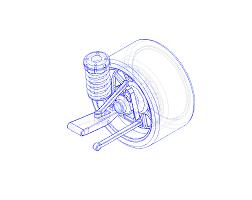
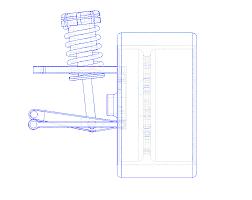
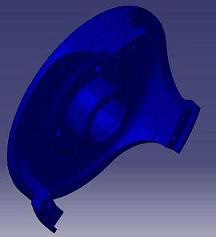
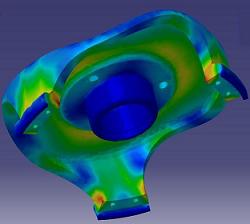
Structural analyses
Example of a study carried out on a light alloy hub. This item holds the front brake of a motorcycle with unconventional front suspension, which must be light and robust at the same time.
